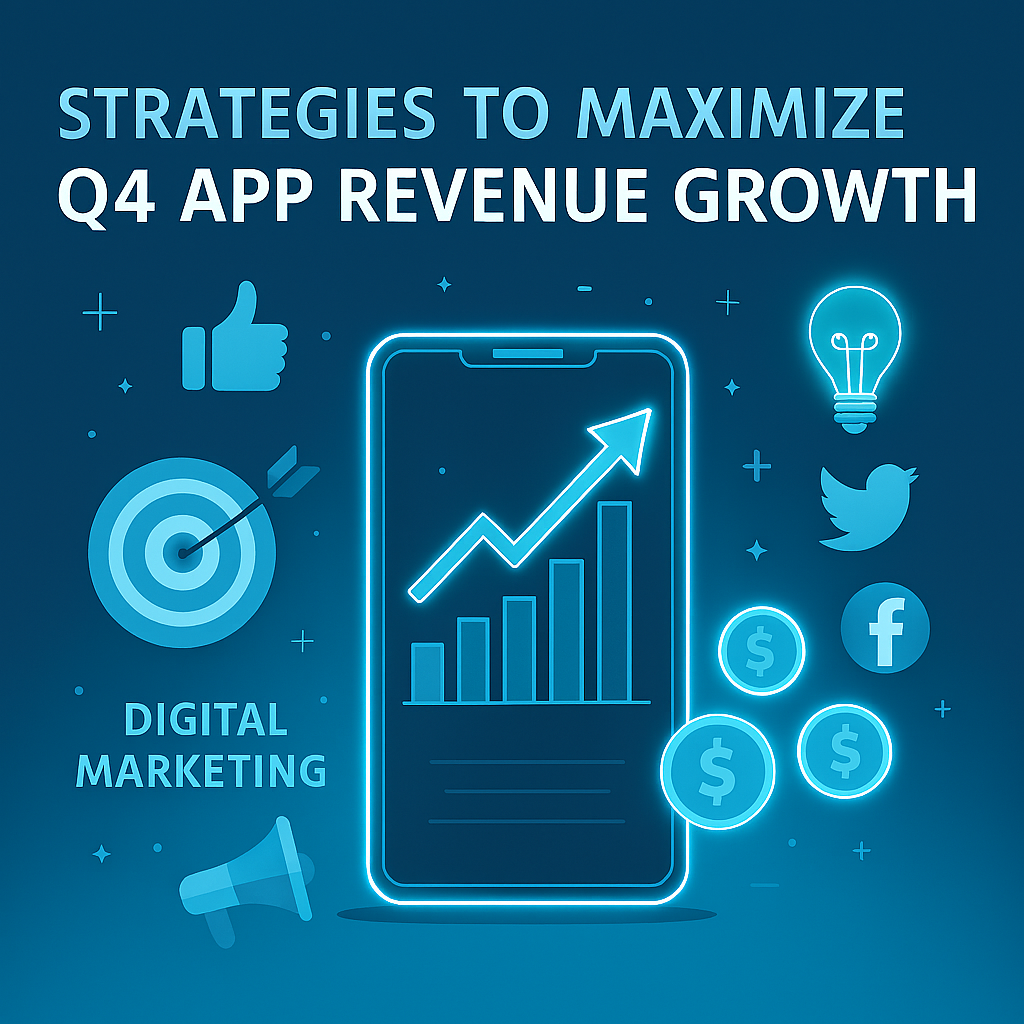Moving towards the second half of 2023, mobile games still claim the crown as most downloaded app category. More than 90B new games downloaded, $110B spent by consumers on mobile games and a $336B ad spend on mobile games are just a few of the astonishing numbers cited by data.ai in their latest report about mobile games.
Most of these metrics are projected to grow by the end of this year, breaking all time records for consumers, game developers but also app marketers. Indeed, as the amount of dollars spent in ads suggests, part of the phenomenal success of mobile games lies in mobile game advertising. Speaking of which, most game developers are focusing their efforts on making user acquisition as profitable as possible. Thus, the dominant trend right now in mobile game advertising looks to be cost per install, and how to decrease it.
In this article we’re going to explore how cost per install affects mobile game advertising, cost per install benchmarks by country and platform, and differences between mobile games and non-gaming apps.
- What is mobile game advertising
- The role of cost per install in game advertising
- Mobile advertising rates
- Mobile games promotion platforms and cost per install
- Cost per install and mobile games monetization
- Dynamic cost per install and ROI
- Cost per install for gaming and non-gaming apps.
As suggested in our introduction, mobile game advertising has helped mobile games to skyrocket downloads and consumer spend in the first half of 2023. However, due to the current economic landscape, dramatically affected by inflation and war, game developers are now looking to combine scalability with profitability. That’s why cost per install matters more than ever. But let’s take a step behind and look at what mobile game advertising is.
First of all, mobile game advertising can use different channels such as paid, organic, influencer etc but we’ll focus on paid user acquisition. Mobile game developers can run user acquisition campaigns through multiple partners like ad networks, affiliate partners and demand side platforms (a.k.a DSPs). Based on partners and platforms, user acquisition campaigns work in different ways, but the basics are more or less the same.
Game developers provide budgets, goals and creatives while app marketers deal with traffic acquisition and campaign optimization, except for self-serve platforms where advertisers can work on their own. The two most common pricing models are cost per install (CPI) and cost per action (CPA).
As the name suggests, cost per install campaigns are user acquisition campaigns where advertisers like mobile game developers pay their UA partners a fixed or dynamic price for each install they have generated.
Let’s look at mobile DSPs to provide a clear example of how mobile game advertising works with cost per install. Mobile DSPs buy ad placements programmatically from ad exchanges, showing users creatives and ads provided by game developers. When a user who is shown such ads downloads and opens the mobile game, an install is triggered and advertisers know where it came from thanks to the Mobile Measurement Partner (MMP) they’re integrated with.
The formula to compute cost per install is the following:
Cost per Install (CPI) = total mobile ad spend / number of installs generated through ads
The main benefit of the cost per install model is that advertisers don’t need to pay for traffic which does not convert into actual users, as it happens with CPM and CPC. By adopting a cost per install model, the risk of buying ad placements is totally on user acquisition platforms and partners.
A solution even safer than cost per install is Cost per Action, where the payable event is not the install, but a subsequent in-app event, chosen by the advertiser. This way, advertisers don’t even waste money on users who lose interest soon in their app or delete it without generating revenue for them.
By choosing in-app events related to their monetization strategy, such as in-app purchases, advertisers often pay their sources only after users have generated in-app revenues. However, due to its often hybrid monetization strategy which combines in-app purchases with in-app ads, mobile game advertising works better with cost per install.

When advertisers run cost per install campaigns with UA companies, they negotiate a CPI if it is fixed, or a range if it is dynamic. But what do CPI rates depend on ?
There are several factors that affect cost per install rates in user acquisition campaigns, and especially mobile game advertising, but here are the most important ones:
- Country: tier-1 countries such as the USA, Canada and Western Europe are usually associated with higher CPI rates, compared to the rest of the world. However within such countries CPIs may vary based on other dimensions like device operating system and app category.
- Platform: the main difference between iOS and Android lies in the higher purchasing power attributed to iOS users compared to Android users. This results in higher cost per install rates when targeting iOS devices for mobile game advertising, as such users are supposed to generate more in-app revenues.
- App category: there are different rates also between app categories, and even within the broad mobile game category. Indeed, hyper-casual and puzzle games tend to have lower cost per install rates than simulation and strategy games. Such differences depend also on mobile games’ monetization strategies, as we’ll see in a moment.
As mentioned above, cost per install is directly related to mobile games’ monetization strategy. Simulation, RPG and strategy games often generate revenues through in-app purchases, which users can make during the game to acquire consumable items such as in-gaming currencies, coins, badges and more. Sometimes in-app purchases, often abbreviated as IAP, may consist in renewable subscriptions like premium status to avoid in-game ads and which provide other exclusive features.
However, IAPs, which are made available throughout the game and sometimes can be necessary to move forward, are usually combined with in-app ads. The players are left with the choice between watching all the ads shown to them or paying a subscription fee to make their experience ad-free.
The combination of IAPs and ads usually reflects the game category and thus, ultimately, affects user acquisition and cost per install campaigns. For example, hyper-casual games, designed for players who don’t want to make much effort or spend money, monetize mostly through ads. That’s why their user acquisition strategy focuses on scaling volumes of new users as soon as possible and CPI rates may be very low, even below the $1.
On the other hand, strategy and simulation games require more time and skills from players, and monetize through in-app purchases, since they are often essential to complete the game. Therefore, advertising campaigns for such games often target high-quality users, who are likely and willing to spend money in-app. And to acquire these players tends to be more difficult and more expensive, leading to higher CPI rates.

So far we’ve talked about cost per install rates as if they were a fixed payout negotiated between advertisers and app marketers. But that’s not always the case in mobile game advertising.
Several UA companies like ad networks and mobile DSPs can also work with dynamic CPIs, adjusting the payout throughout the lifetime of the campaign.
One reason behind working with dynamic cost per install is related to creatives. User acquisition campaigns work with different ad formats that can be tested and rotated. The most common ones are:
- Banners;
- Videos;
- Interstitials;
- Playables;
- Natives;
- Rewarded.
All these creative formats have different costs when app marketers bid for ad placements within ad exchanges. For example, video and playable ads are more expensive than banners and native ads. And it is well known that video and playable ads are the more efficient ad formats in terms of CTR (click through rate) and conversions when advertising mobile games.
Therefore, costs and benefits of different ad formats affect cost per install, which can be changed accordingly and further optimized after having tested multiple creatives.
This leads us to the second reason behind dynamic cost per install: ROI optimization. Indeed, videos and playables are more performing also in terms of acquiring high-quality users. And high-quality users are the key to make user acquisition campaigns ROI positive.
As stated at the beginning of our article, advertisers want to make mobile game advertising profitable as soon as possible. And app marketers can help them by adjusting cost per install in order to meet their ROI targets.
Game developers often look at ROI in different moments after a new user has installed their app: day 0, day 7, day 30, etc. This way, they can predict new users LTV (lifetime value) using machine learning algorithms. At the same time, UA companies, and mobile DSPs especially, have sophisticated tech platforms to optimize traffic acquisition and adjust cost per install based on ROI data coming in from user acquisition campaigns.
To conclude our discussion about cost per install and mobile game advertising, we’ll say a few things about how CPI changes depending on gaming and non-gaming apps.
First of all, there are big differences between these 2 broad categories on a higher level. Indeed, non-gaming apps rely more on their brand, and when it comes to brands, users tend to think about it before choosing a brand and downloading an app. Secondly, non-gaming apps usually have more than one revenue stream, and the app may not be the biggest one. Finally, users’ lifespan and monetization funnel in non-gaming apps can be long and complex.
On the other hand, gaming apps benefit more from trends rather than brands, and revenue comes directly from the mobile game itself, which is the whole product. It is a short and closed funnel where users who play generate revenue either through in-app purchases or through ads. Then, users’ lifespan is much shorter in mobile games than it is in non-gaming apps. Users often obsess with a game for a few weeks and then move on to look for the new sensation.
Given those differences, cost per install may not be the most important KPIs when it comes to mobile advertising for non-gaming apps. Retention rate and CPA can be the metrics advertisers look at more closely. Therefore, CPIs can be higher than those for mobile games.
Finally, CPI rates may vary on a wider range since user acquisition for non-gaming apps usually targets users from all app categories, while gaming apps rely on an ad inventory mostly based on other mobile games.





















